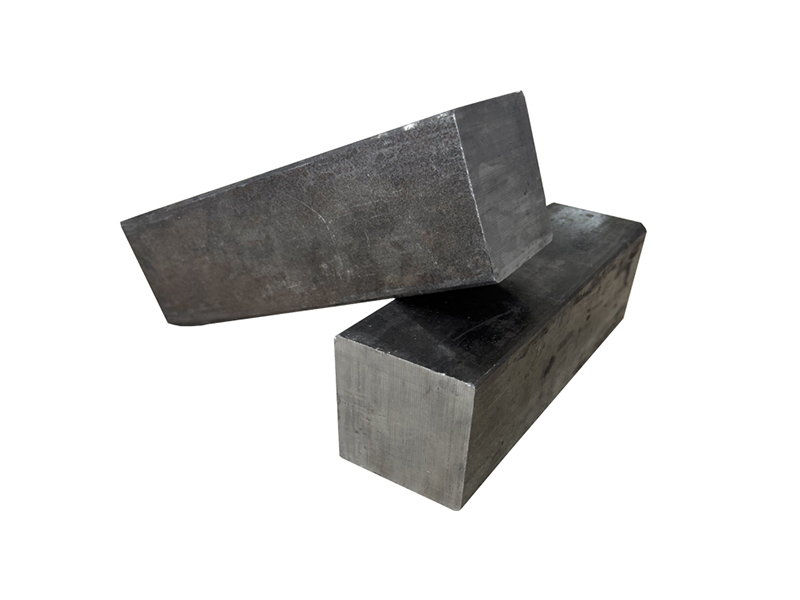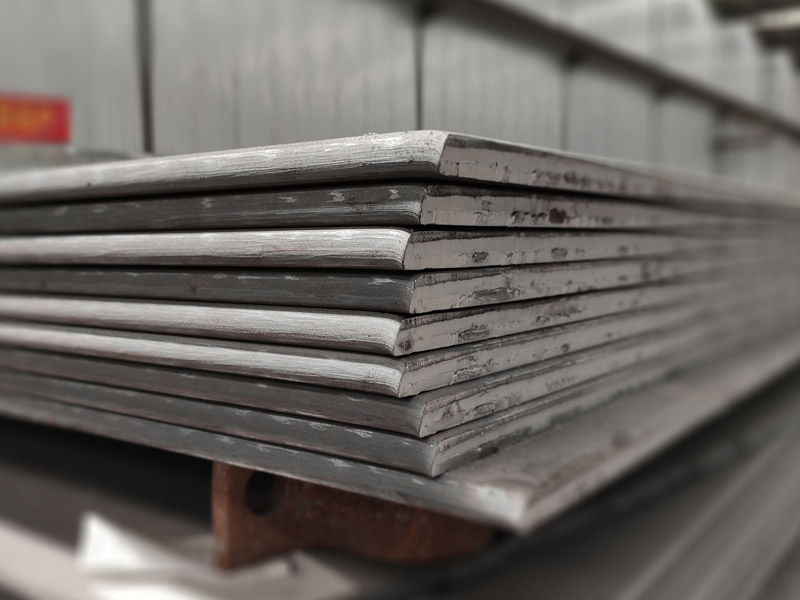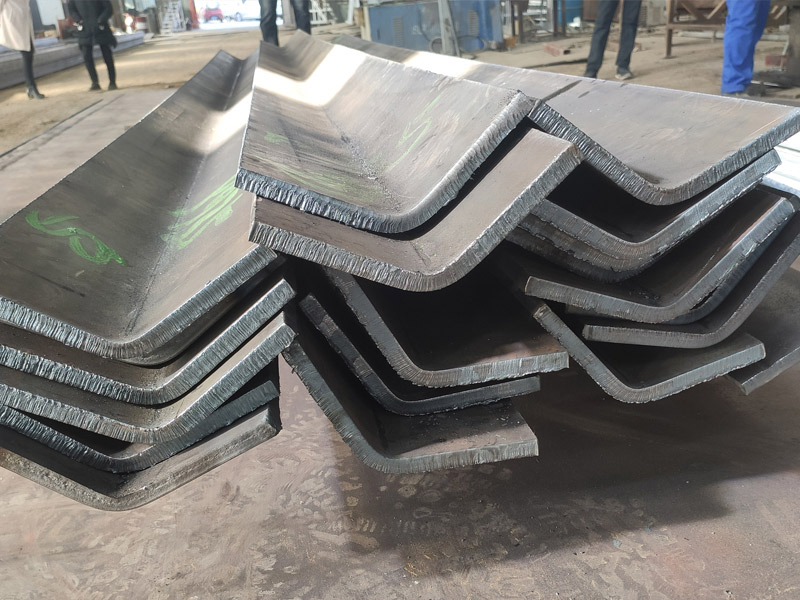Cutting steel plate to precise specifications is a critical process in industries like manufacturing, construction, and fabrication. Achieving accurate cuts while maintaining material integrity requires selecting the right method, tools, and techniques based on the project's requirements, such as plate thickness, desired precision, and production volume. Below is a guide to cutting steel plate effectively, tailored to specific needs.
Understanding Requirements
The first step is defining the project specifications. Key factors include:
Plate Thickness: Thin plates (under 1/4 inch) may be cut with simpler tools like plasma cutters, while thicker plates (over 1 inch) often require advanced methods like oxy-fuel or waterjet cutting.
Precision: High-precision cuts for intricate designs may necessitate CNC plasma or laser cutting.
Material Type: Carbon steel, stainless steel, or alloyed steel may influence the choice of cutting method due to differences in hardness and heat sensitivity.
Volume: High-volume production benefits from automated systems, while one-off cuts may use manual methods.
Edge Quality: Some applications require smooth edges, which influences the choice of cutting technology.
Cutting Methods
Several methods are available, each suited to specific requirements:
Oxy-Fuel Cutting: Ideal for thick carbon steel plates (up to 12 inches). It uses a fuel gas and oxygen flame to heat the steel to its ignition point, then a jet of oxygen cuts through. It’s cost-effective but slower and less precise, suitable for rough cuts.
Plasma Cutting: Uses a high-velocity jet of ionized gas to cut through steel up to 2 inches thick. It’s faster than oxy-fuel and works for both ferrous and non-ferrous metals, offering good precision for moderate tolerances.
Laser Cutting: Provides high precision for thin to medium plates (up to 1 inch). A focused laser beam melts the steel, producing clean edges ideal for intricate designs. It’s expensive but excellent for detailed work.
Waterjet Cutting: Uses a high-pressure stream of water mixed with abrasive particles to cut steel up to 6 inches thick. It’s versatile, produces no heat-affected zones, and is ideal for materials sensitive to high temperatures.
Mechanical Cutting: Shearing or sawing works for thinner plates or straight cuts. It’s simple but limited in complexity and thickness.
Selecting the Right Method
Choose the method based on:
Thickness and Material: Oxy-fuel for thick carbon steel; laser or waterjet for stainless steel.
Precision Needs: CNC-controlled laser or plasma for tight tolerances.
Budget and Speed: Plasma is faster and cheaper than laser; oxy-fuel is economical for thick plates.
Edge Finish: Waterjet and laser provide smoother edges than oxy-fuel.
Best Practices
Preparation: Ensure the steel surface is clean to avoid cutting inaccuracies.
Safety: Use protective gear, including gloves, goggles, and flame-resistant clothing.
Calibration: For CNC systems, calibrate machines to ensure precision.
Post-Cutting: Inspect edges for burrs or defects and grind if necessary.
By aligning the cutting method with project requirements and following best practices, you can achieve accurate, efficient, and high-quality steel plate cuts tailored to your needs.




